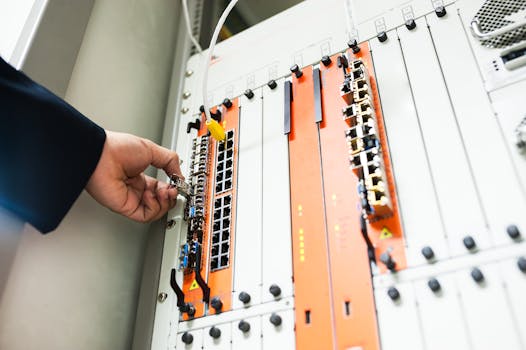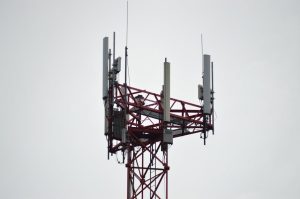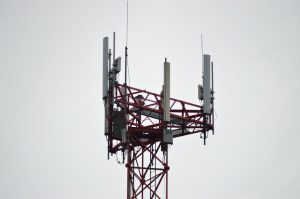
Empowering Communities: The Impact of Fiber Companies on Rural Connectivity in Africa – Fiber Optics and Connectivity
Fiber Optics and Connectivity have become essential for empowering communities, and the impact of fiber companies on rural connectivity in Africa is a significant step towards bridging the digital divide. According to a report by the International Telecommunication Union (ITU), approximately 60% of the world’s population, around 4.3 billion people, remain offline, with the majority residing in rural areas. In Africa, this number is even higher, with around 70% of the population lacking access to the internet. However, with the emergence of fiber companies, this narrative is slowly changing.
The lack of internet access in rural areas is not only a hindrance to economic development but also limits access to essential services such as education, healthcare, and financial services. Fiber companies have recognized this gap and are working tirelessly to extend their networks to these areas, thereby empowering communities and transforming lives. For instance, companies like Liquid Telecom and MTN Group have invested heavily in laying fiber optic cables across Africa, providing high-speed internet access to millions of people.
The impact of fiber companies on rural connectivity in Africa is multifaceted. Firstly, it has enabled the growth of e-commerce, allowing rural businesses to access global markets and connect with customers worldwide. This has not only boosted local economies but also created employment opportunities, contributing to the overall development of the region. Secondly, fiber connectivity has improved access to education, with online learning platforms and digital resources becoming increasingly available. This has bridged the knowledge gap between urban and rural areas, providing equal opportunities for students to acquire skills and knowledge.
Furthermore, fiber connectivity has also enhanced healthcare services in rural areas. Telemedicine, a practice that involves remote healthcare consultations, has become a reality, allowing patients to access medical expertise from anywhere in the world. This has reduced the need for patients to travel long distances to seek medical attention, saving time and lives. Additionally, fiber connectivity has facilitated the growth of digital finance, enabling people to access banking services, make transactions, and receive payments electronically. This has increased financial inclusion, reduced poverty, and promoted economic growth.
Challenges and Opportunities
Despite the progress made by fiber companies in extending connectivity to rural areas, several challenges persist. One of the significant hurdles is the high cost of laying fiber optic cables, particularly in areas with difficult terrain. This has made it uneconomical for some companies to invest in these regions, leaving them without access to the internet. Additionally, the lack of digital literacy among rural communities has hindered the adoption of internet services, making it essential for companies to invest in training and awareness programs.
However, these challenges also present opportunities for innovation and growth. The development of alternative technologies such as satellite internet and mobile networks has provided a solution for areas where fiber connectivity is not feasible. Companies like SpaceX and Intelsat have launched satellite constellations to provide internet access to remote areas, while mobile network operators have expanded their coverage to include rural areas. Furthermore, the growth of digital literacy programs has created new opportunities for businesses to provide training and consulting services, promoting the adoption of internet services and enhancing economic development.
Case Studies and Success Stories
Several case studies and success stories demonstrate the impact of fiber companies on rural connectivity in Africa. In Kenya, for example, the deployment of fiber optic cables by companies like Liquid Telecom has enabled the growth of e-commerce, with online platforms like Jumia and Kilimall becoming household names. In South Africa, the government’s initiative to provide free Wi-Fi to rural communities has improved access to education and healthcare services, transforming the lives of millions of people.
In Rwanda, the government has partnered with private companies to deploy fiber optic cables, providing high-speed internet access to over 90% of the population. This has enabled the growth of the economy, with the IT sector becoming a significant contributor to the country’s GDP. Additionally, the deployment of fiber connectivity has improved access to education, with online learning platforms becoming increasingly popular. This has not only bridged the knowledge gap but also promoted economic development, making Rwanda a model for other African countries to follow.
Conclusion
In conclusion, the impact of fiber companies on rural connectivity in Africa is a significant step towards bridging the digital divide. By extending their networks to rural areas, fiber companies have empowered communities, transforming lives and promoting economic development. While challenges persist, the opportunities for growth and innovation are immense, making it essential for companies, governments, and stakeholders to work together to promote digital inclusion and connectivity.






